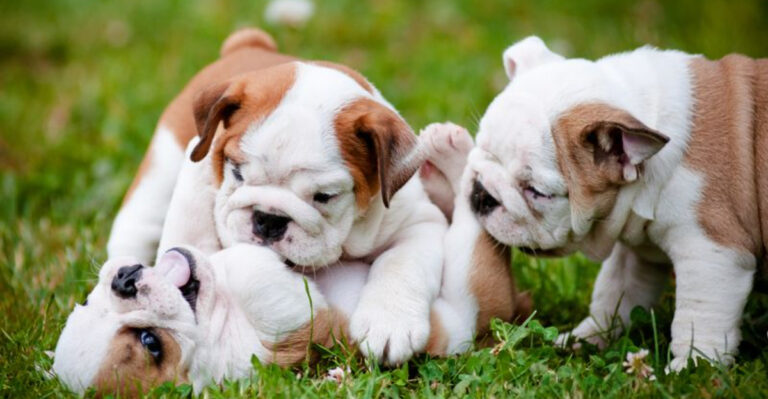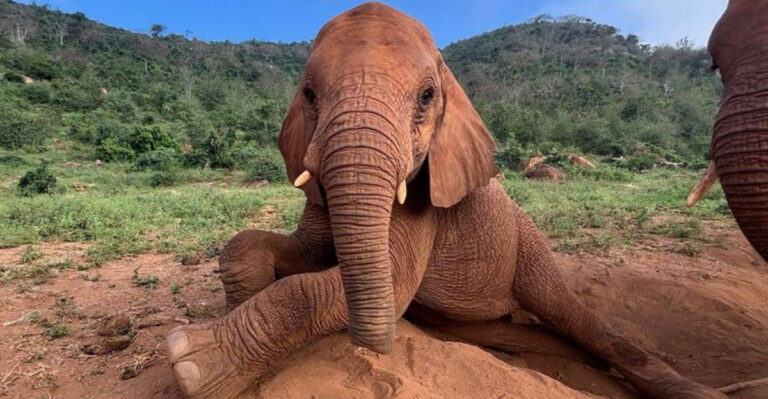8 Fascinating Scientific Insights Into Dog Breed Differences
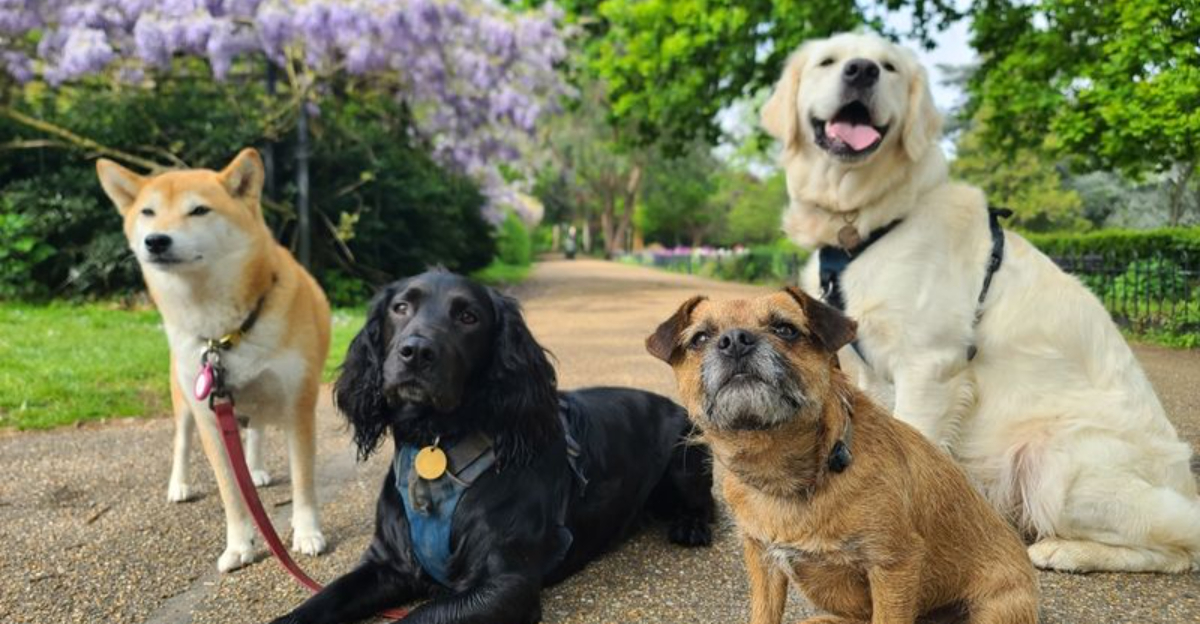
Dogs come in all shapes, sizes, and personalities, but have you ever wondered why? Scientists have been studying our furry friends for decades, uncovering amazing differences between breeds that go way beyond just looks.
These discoveries help explain why your Border Collie seems obsessed with herding everything, while your neighbor’s Basset Hound just wants to sniff and relax.
1. Cognitive Trait Differences Among Breeds
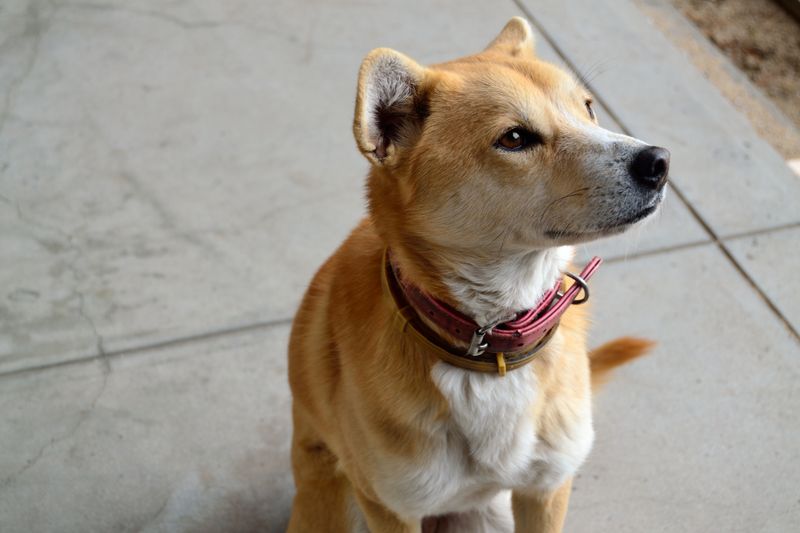
Border Collies excel at learning object names, sometimes mastering hundreds of different toys! Meanwhile, terriers show remarkable perseverance when tackling puzzles, refusing to give up long after other breeds would quit.
Researchers at Duke University’s Canine Cognition Center found these cognitive differences are as significant as physical traits we easily recognize.
2. Influence Of Skull Shape On Brain Function
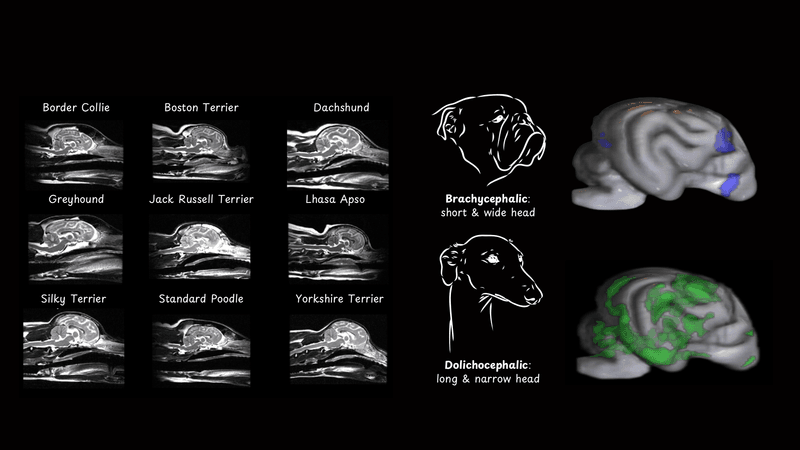
Brachycephalic (flat-faced) breeds like Bulldogs experience different sensory processing than dogs with longer snouts. Their compressed skull structure forces brain regions to develop differently, potentially affecting how they perceive the world.
Research from the University of Sydney found these skull differences impact everything from smell sensitivity to visual processing.
3. Breed-Specific Behavioral Tendencies
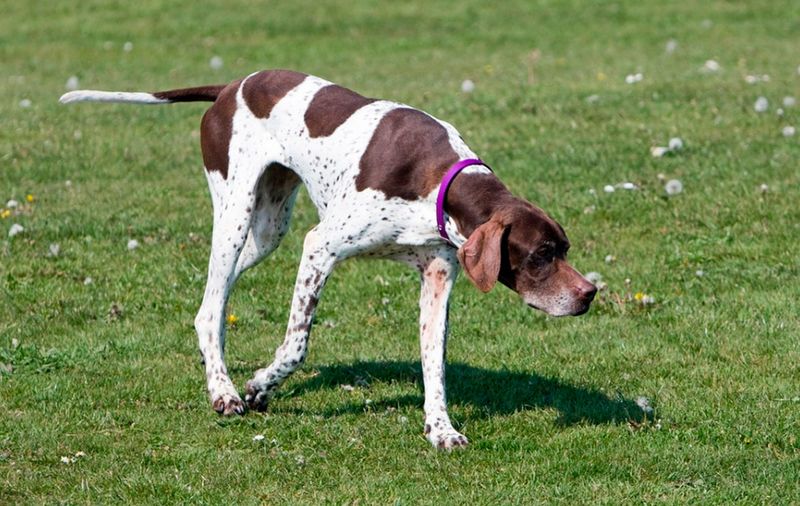
Ever noticed how Pointers freeze and aim their bodies toward prey? This “pointing” behavior appears without training and emerges in puppies as young as 8 weeks old!
Retrievers instinctively carry objects gently in their mouths, while herding breeds might circle and nip at moving objects. These behaviors persist even in dogs raised without exposure to their traditional jobs.
4. Genetic Basis For Behavioral Traits
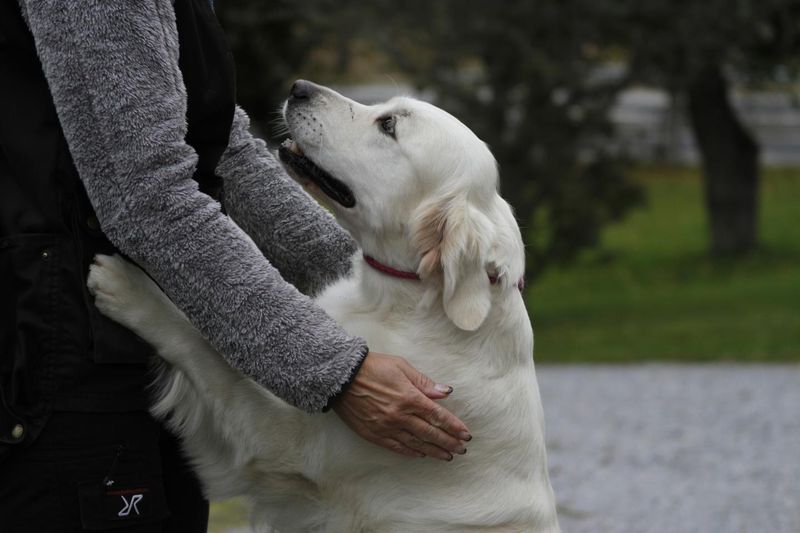
Scientists identified a gene called SLC6A3 that influences energy levels in breeds like Border Collies and Australian Shepherds. Another gene, OXTR, affects how social different breeds are with humans.
A groundbreaking 2019 study linked 131 specific genetic regions to 14 different behavioral traits in dogs, finally proving what dog owners suspected all along!
5. Impact Of Domestication On Dog Traits
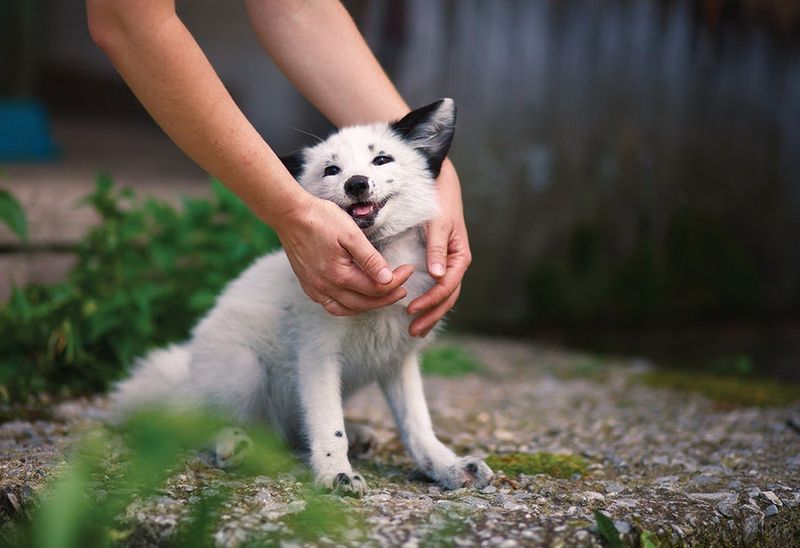
The famous “Russian Fox Experiment” showed how selecting for friendliness created floppy ears, curled tails, and spotted coats – traits we see in many dog breeds today. Just 40 generations of breeding for tameness completely transformed wild foxes!
This explains why wolves and dogs differ not just in behavior but also appearance.
6. Breed Differences In Emotional Processing
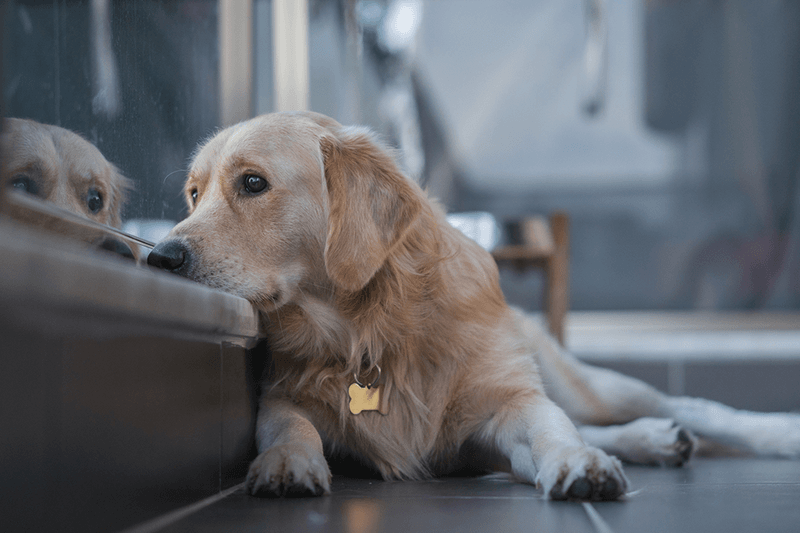
Huskies howl while Basset Hounds bay – these vocal differences reflect how breeds express emotions. Brain scans show that breeds process emotions through different neural pathways.
Guard dogs like Rottweilers show heightened amygdala activity when perceiving threats, while therapy breeds like Golden Retrievers display stronger responses to human emotional cues.
7. Brain Structure Variations Across Breeds
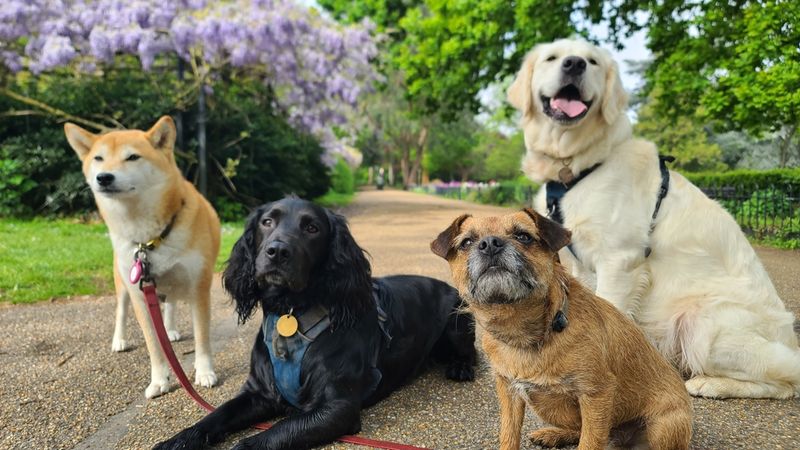
MRI scans reveal that different dog breeds have unique brain layouts that match their historical jobs. Herding dogs like Border Collies have more developed motor cortex regions, while scent hounds show enlarged areas for smell processing.
These differences develop even in puppies raised in identical environments, suggesting they’re hardwired from birth rather than learned behaviors.
8. Training And Intelligence Variations
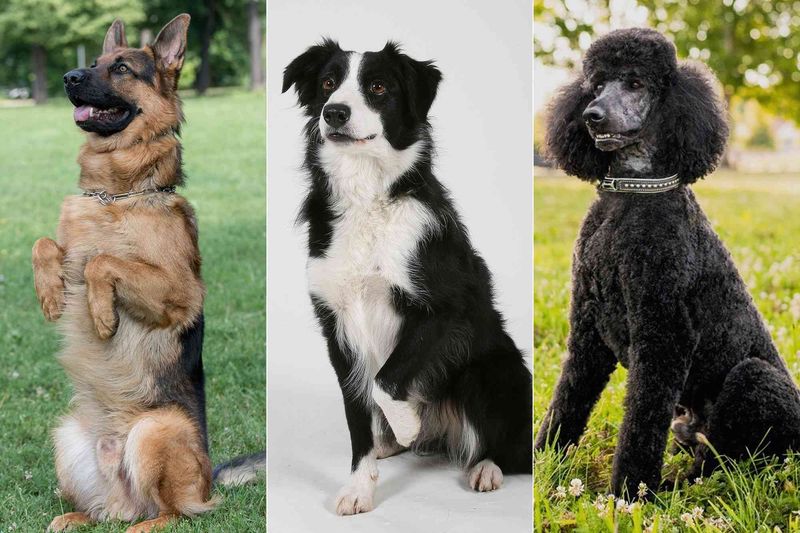
Border Collies might learn new commands in under 5 repetitions, while independent breeds like Afghan Hounds may need 80+ attempts! This isn’t about being “smarter” – it’s about evolutionary specialization.
Scent hounds follow their noses because they were bred to track, not to watch handlers. Each breed’s “intelligence” should be measured by how well they perform their intended purpose.




